There are many reasons why you may be thinking about adding a basement bathroom to your home.
They add value to your home. They create extra amenities and space if you have more than one person in the home. And they add convenience, especially if you want to turn your basement into an apartment or mother-in-law suite.
But there are a few things you’ll want to take into consideration before you begin contracting out your job.
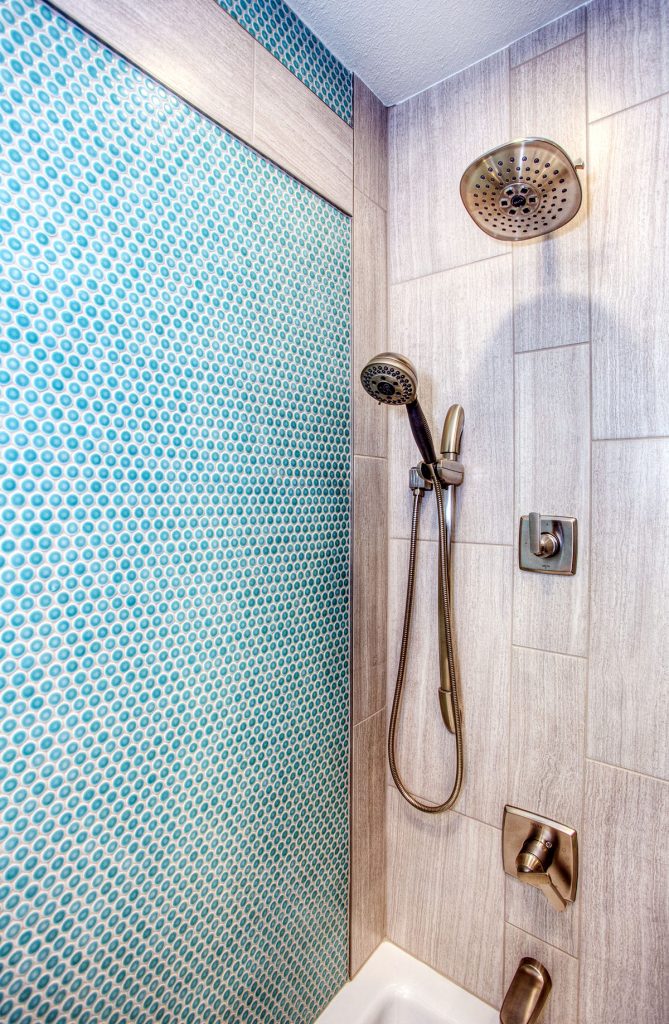
1. Permits & Zoning
Reaching out to your local building authority should probably be your first step after deciding on a basement bathroom remodel or complete build.
Any home improvement project of this caliber is going to come with zoning ordinances and deed restrictions to help keep you and your family safe in the future. Contacting the building authority first will keep you from running into issues in the middle of construction which you could avoid in the first place.
2. Drainage
Sewer-line depth isn’t a challenge for every home. Sometimes the drainage lines are deep enough to use gravity-assisted disposal, even with a below-ground plumbing system. If the lines are not deep enough, there are many different options we could provide.
Depending on where you live, waste may drain into municipal lines, so you’ll need a backwater valve, and that may require a permit. If it does, your plumbing contractor can help you with that.

If your plumbing doesn’t drain into city lines, you probably have a septic tank. For home septic tanks, you’ll just need to make sure they’re deep enough for sub-level plumbing.
If your drainage lines aren’t deep enough, that’s going to require some extra effort and a larger budget. Generally, you’ll have to remove a portion of the floor to excavate under it. It’s more expensive, but it’s still possible.
Pipe size should also be included when considering drainage. Existing pipes that are too small can cause issues of their own, so so your plumber may need to replace them with larger pipes for proper drainage.
3. Basement Moisture
Every bathroom needs ventilation, but basement bathrooms need it the most.
Moisture is trapped and leads to issues like mold and mildew as basements don’t have natural ventilation. So it’s extremely important to properly size your ventilation fan when adding a bathroom to your basement. Otherwise, the moisture from the shower, toilet, and sink will start to contribute to the aforementioned moisture problems.
You should also consider adding a bathroom exhaust fan timer so you never forget to ventilate the room completely. A timer will also keep you from running the fan for longer than needed and using up unnecessary energy.
4. Location
If your basement has a lot of square footage, you’ll probably have a lot of space to choose from for the location of your new bathroom. But before you start mapping everything out, take a look at where your current plumbing and electrical lines exist.
If you build in a spot that has to have all new lines run, it’s going to be more expensive than building where lines are already present. But building near these lines, on the other hand, can cut down on costs for hookups and make planning a little easier.
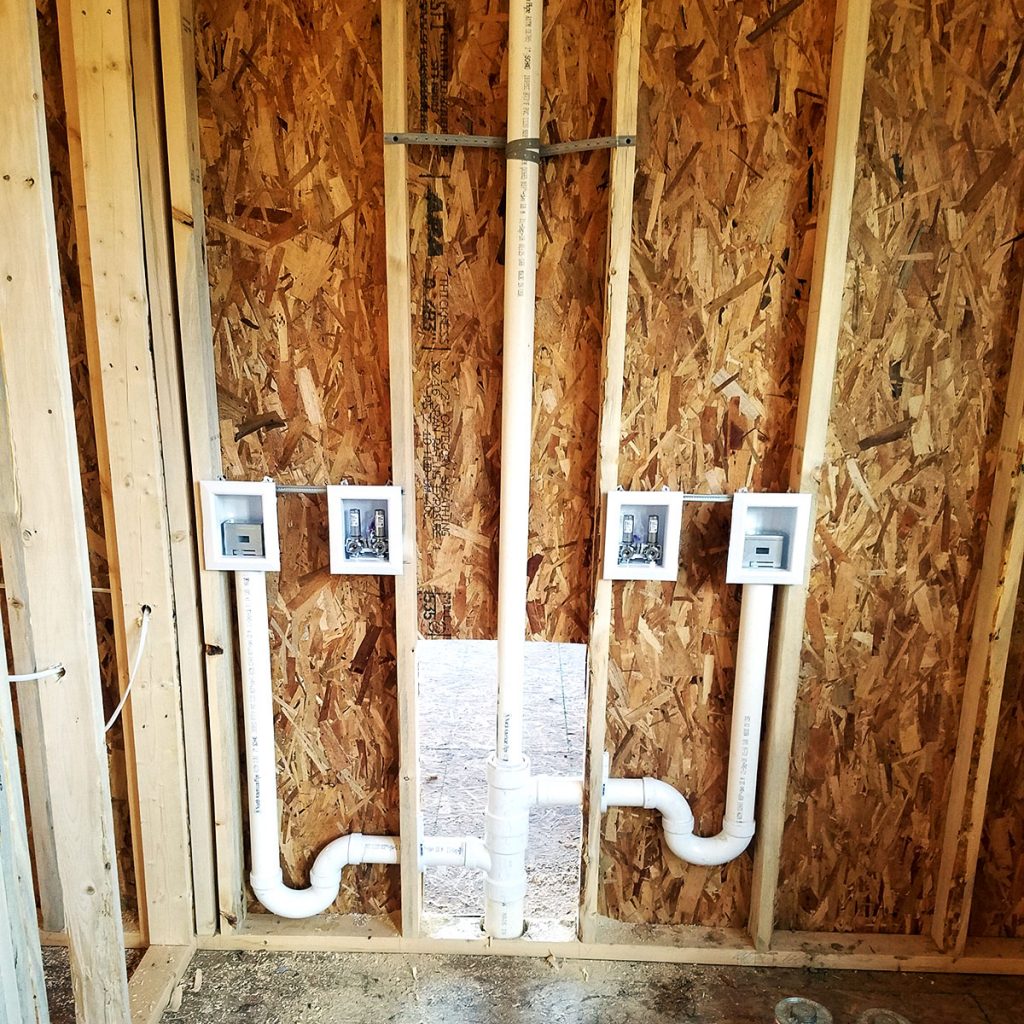
5. Size and Cost
Are you building a half-bath for a little extra convenience? Perhaps you are going all out with a full bathroom with a laundry space and everything.
Depending on the size of the area you’re creating in your newly finished basement space, you may need to adjust your budget for plumbing lines.
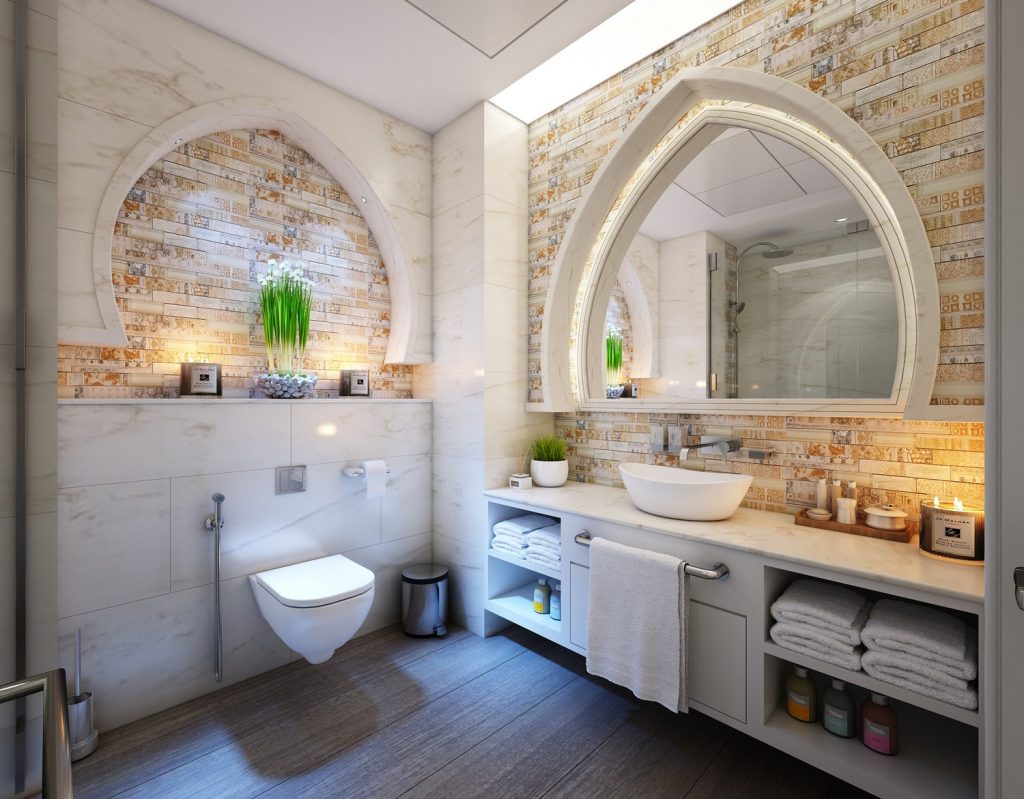
As we mentioned above, every home is different when it comes to drainage. Besides plumbing for your toilet, you’ll also need to consider drain lines for the shower drain, the sink, and any laundry hookups as well as incoming water lines.
The best way to get an accurate cost for all of your drain pipes and water lines is to contact a licensed plumber for an estimate.
6. Style
For most of us, form is just as important as function.
Maybe you want to create something cozy with a heated basement floor, warm colors, and an old-fashioned style bathtub. Or maybe you want something more modern with concrete floors, a digital shower control, and a vessel sink.
Regardless of your style, there’s something out there for everyone that will fit their style, their needs, and their budget.
If you’re looking for some bathroom design inspiration, check out the styles from our trust brands.
And when choosing the best toilet for your new addition, use our handy reference guide to pick the right one.
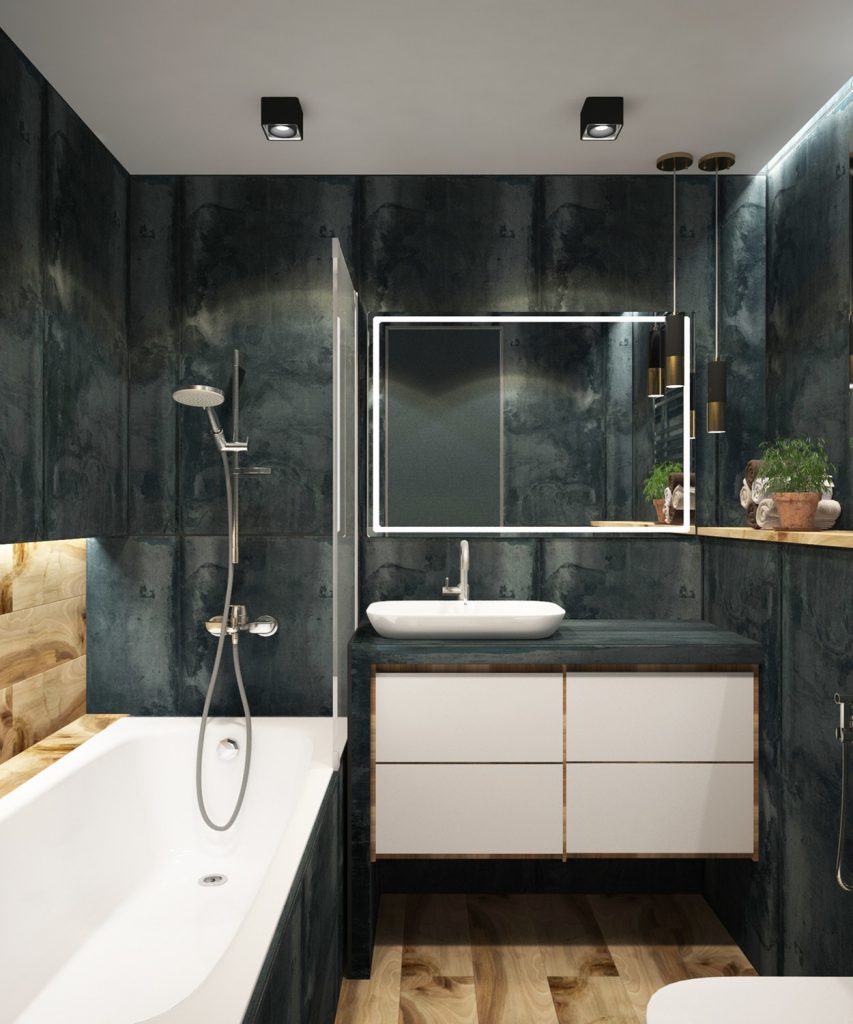
Once you’ve considered the permits and zoning regulations, drainage, moisture, location, size and cost, and style, you’ll be ready to start your project. Just be sure to contact a licensed professional like Killeen Plumbing to handle any plumbing required so it doesn’t turn into a DIY disaster.

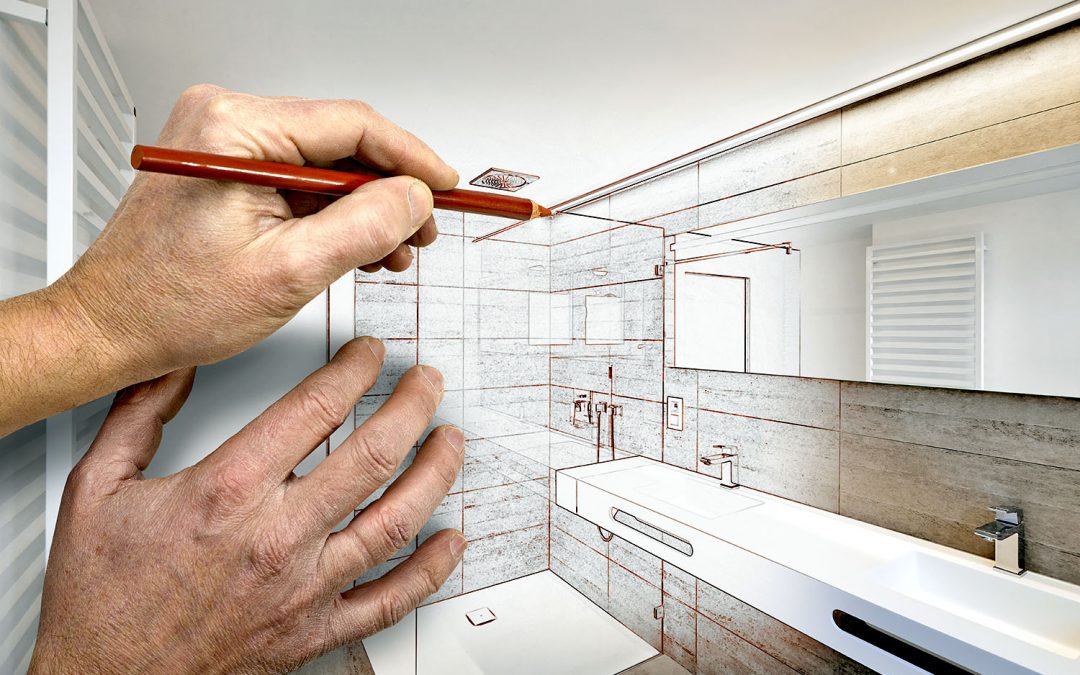
Recent Comments